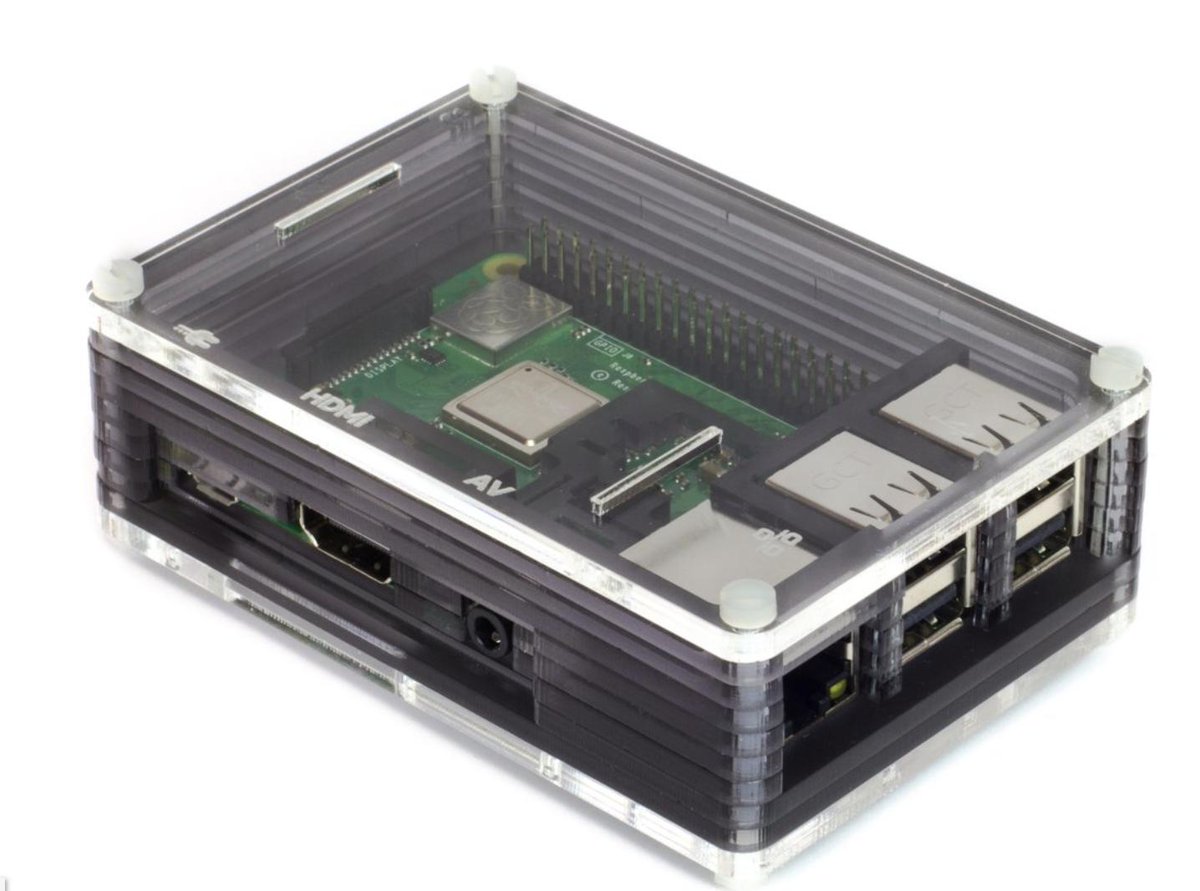F-O-R-K? A Few Thoughts on the Sangoma Employee Exodus
Full Disclosure: We’re not exactly big fans of Sangoma® and their stewardship of the Asterisk® and FreePBX® projects. So read our commentary with a grain of salt or two. As we predicted when Sangoma purchased Digium®, the employee exodus has begun. The biggest surprise is that a disturbing number of the departures are from the FreePBX SchmoozeCom operation including two of its founding partners: Tony Lewis, the soon-to-be former Chief Operating Officer (COO) of Sangoma, and Brian Walters who has… Read More ›



